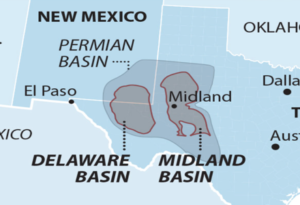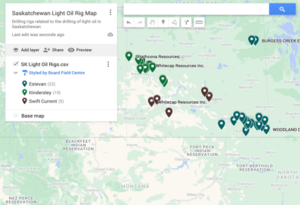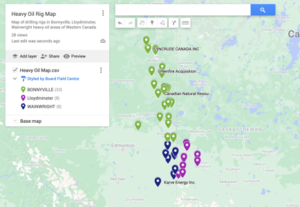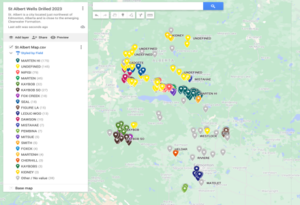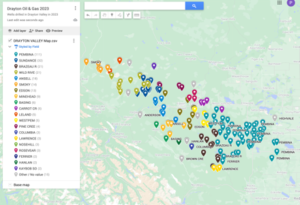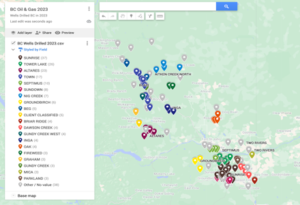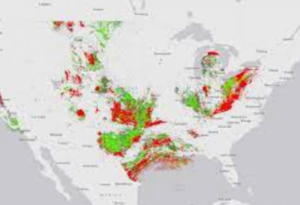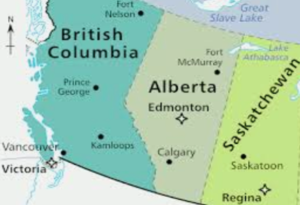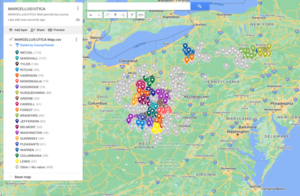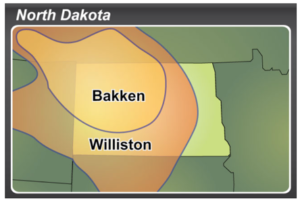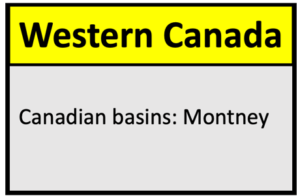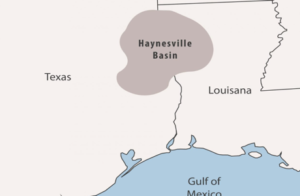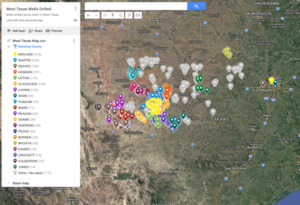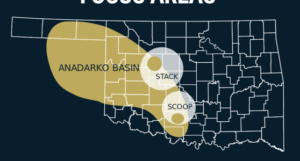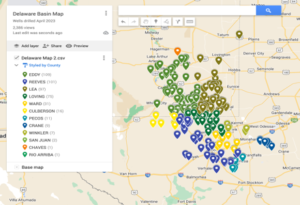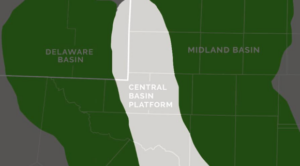In a significant move, Chevron Corp. has announced the sale of its stakes in the Athabasca Oil Sands Project and the Duvernay shale to Canadian Natural Resources Ltd. for a total of $6.5 billion. This all-cash transaction, which is expected to close in the fourth quarter of 2024, reflects Chevron’s evolving strategy to prioritize other growth regions as the global energy landscape continues to shift.

Key Details of the Sale
The deal involves Chevron’s 20% interest in the Athabasca Oil Sands Project and its 70% stake in the Duvernay shale, both situated in Alberta, Canada. With an effective date of September 1, 2024, the transaction is subject to the usual regulatory approvals. For Canadian Natural Resources Ltd. (CNRL), this acquisition significantly expands its footprint in Alberta’s energy-rich landscape, reinforcing its position as a leading player in Canada’s oil sands sector.
Chevron’s Strategic Reorientation
While Chevron has been a key participant in Canada’s oil sands for years, the company is now realigning its focus on other areas with more immediate growth potential. In particular, Chevron is doubling down on its operations in the Permian Basin, located in the southwestern United States, where production has boomed in recent years due to advances in shale technology. Additionally, the Tengiz field in Kazakhstan—one of the world’s largest oil fields—remains a priority for Chevron, with a massive $48.5 billion expansion project nearing completion.
Perhaps the most notable move in Chevron’s recent strategy shift is its $53 billion acquisition of Hess Corp. This acquisition is expected to solidify Chevron’s presence in Guyana, one of the world’s fastest-growing oil frontiers, thanks to significant offshore discoveries. As Guyana’s oil industry expands, Chevron’s position in the region will give it access to some of the most promising exploration and production opportunities in the world.
A Changing Canadian Oil Industry
Chevron’s exit from some of its Canadian assets also highlights the evolving nature of Canada’s oil industry. Canada’s oil sands have been a cornerstone of the country’s energy sector for decades, but the recent expansion of the Trans Mountain pipeline has fundamentally shifted the industry’s dynamics. With the pipeline now connecting Alberta’s crude to international markets, Canadian producers are less dependent on U.S.-bound pipelines and American refiners.
This change has opened new doors for Canadian oil in global markets, particularly in Asia. Between June and mid-September of this year, 28 million barrels of crude were shipped through the expanded Trans Mountain pipeline, with almost two-thirds of that oil heading to countries like China, India, South Korea, and Brunei. This diversification of market access has not only reduced the discounts that Canadian oil has historically faced but also made the industry more resilient to global price fluctuations.
What’s Next for Chevron?
With the asset sale to CNRL, Chevron is focusing on bolstering its portfolio in regions with faster growth potential and higher returns on investment. The Permian Basin continues to be a critical growth engine for the company, while the Tengiz field in Kazakhstan promises substantial long-term production increases.
The acquisition of Hess Corp. also positions Chevron to capitalize on the massive growth expected from Guyana’s burgeoning oil sector. As these regions become central to Chevron’s future, the company is looking to strike a balance between increasing production and advancing its sustainability goals.
Chevron’s shift away from Canadian oil sands and shale assets underscores a broader trend in the energy industry: companies are increasingly concentrating on high-growth, high-efficiency assets as they navigate a rapidly changing global energy market.
Conclusion
Chevron’s $6.5 billion deal with Canadian Natural Resources Ltd. is more than just an asset sale—it’s a reflection of a strategic pivot toward growth regions like the Permian Basin, Kazakhstan, and Guyana. As the energy industry continues to evolve, Chevron is positioning itself to capitalize on the next wave of exploration and production opportunities, while Canadian producers like CNRL continue to strengthen their presence in the oilsands and shale plays. The deal marks a significant moment for both companies as they pursue their respective paths in the global energy market.


